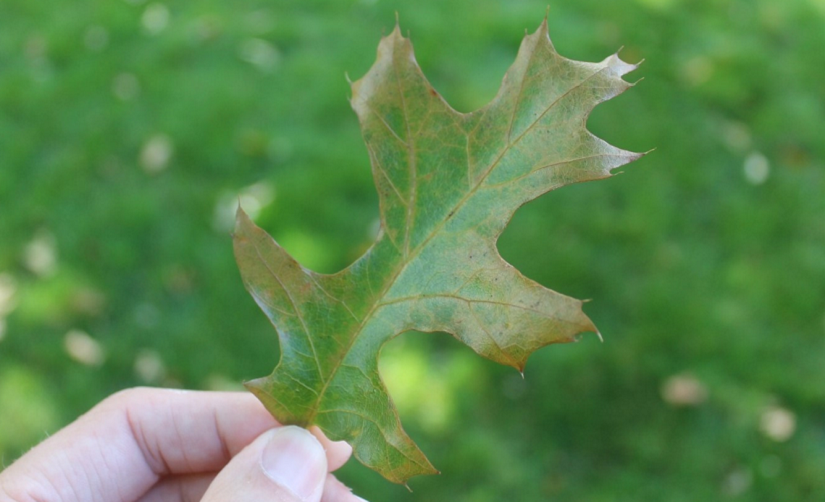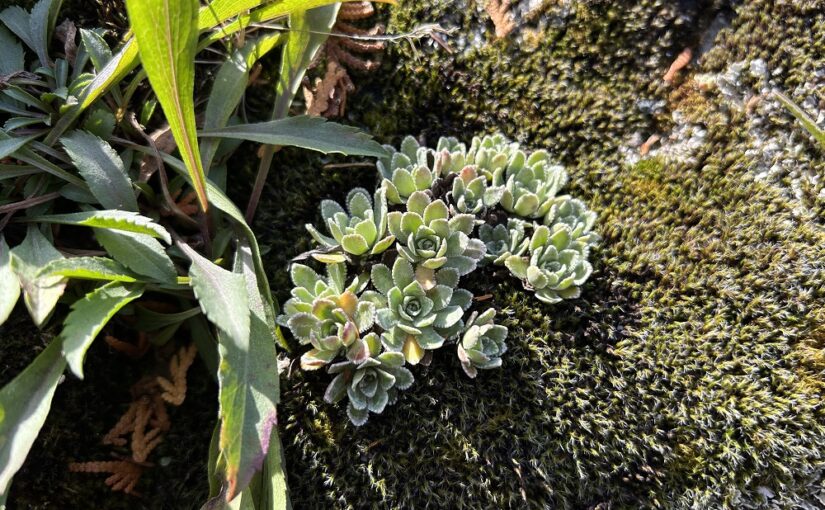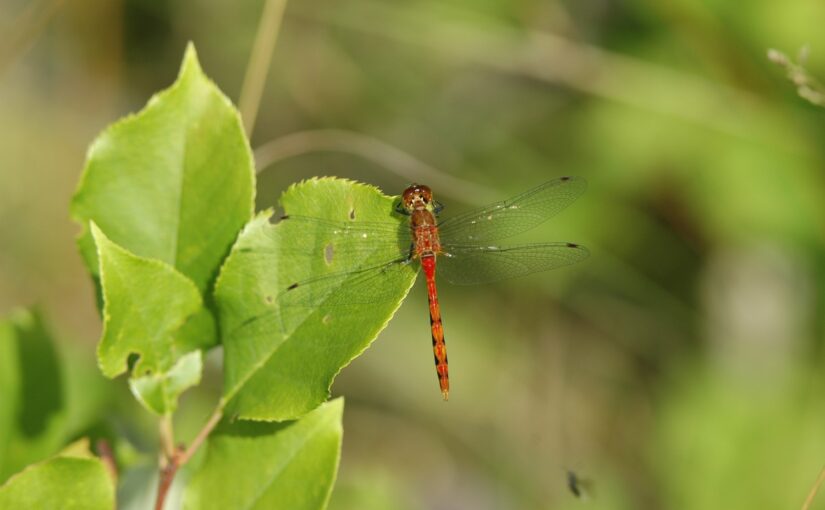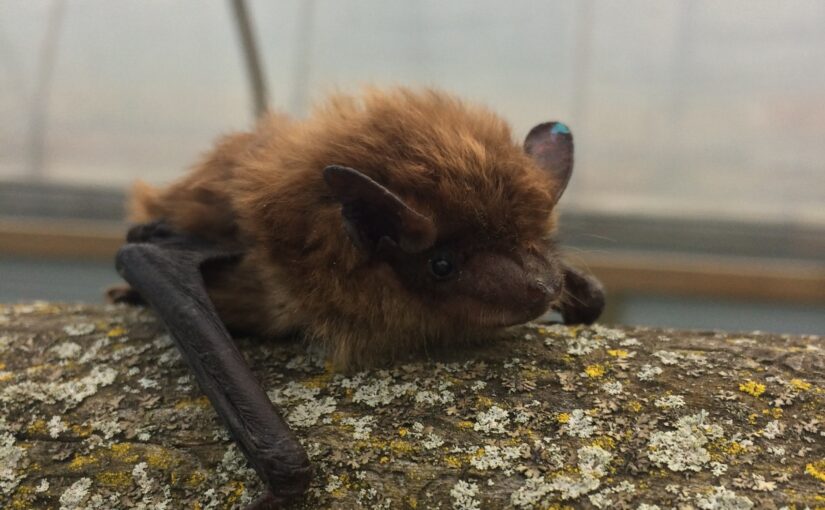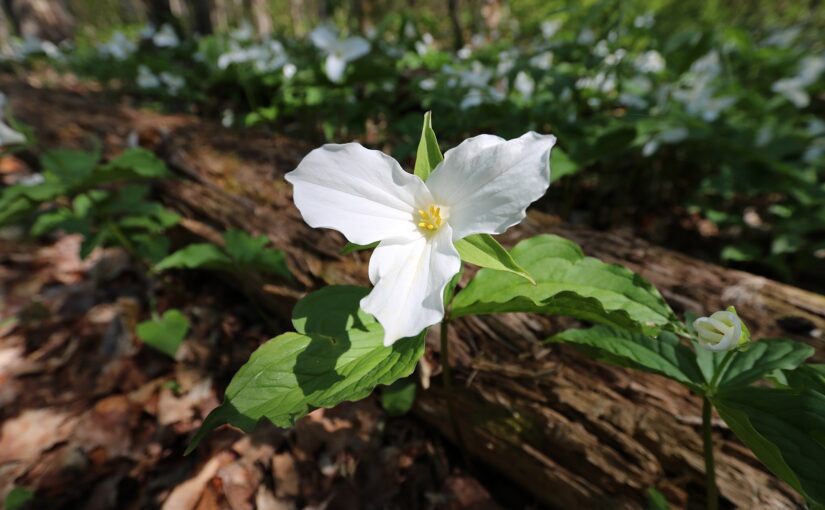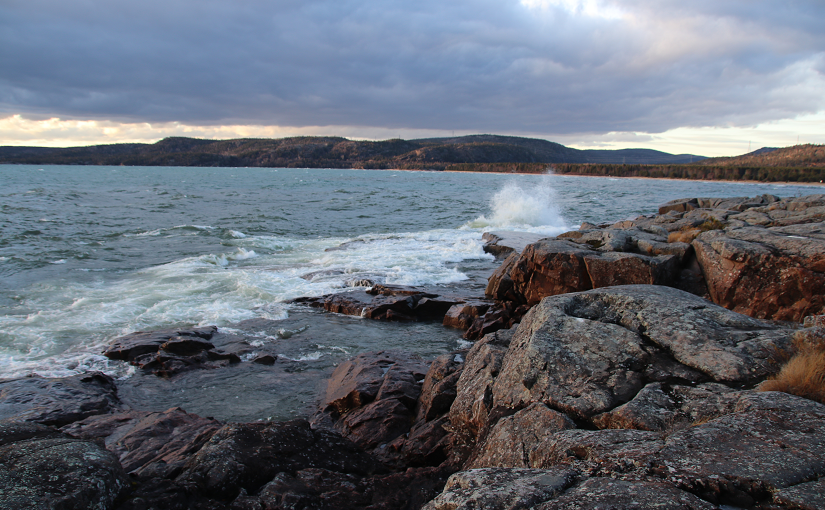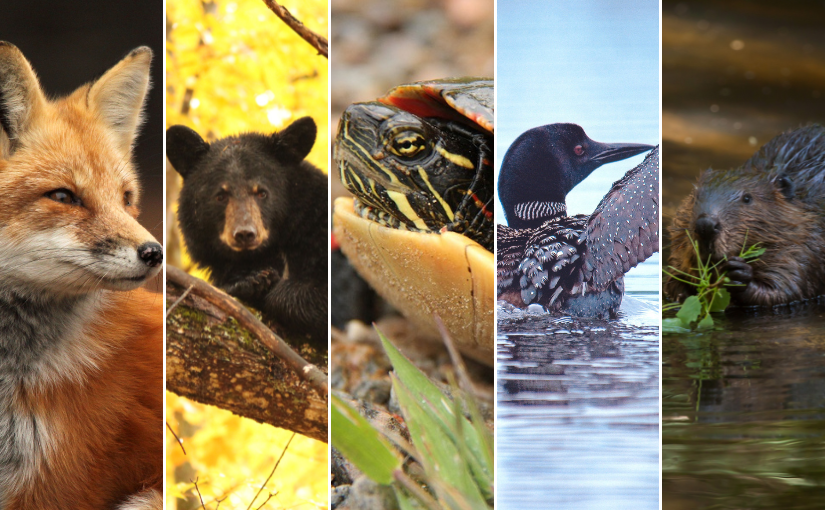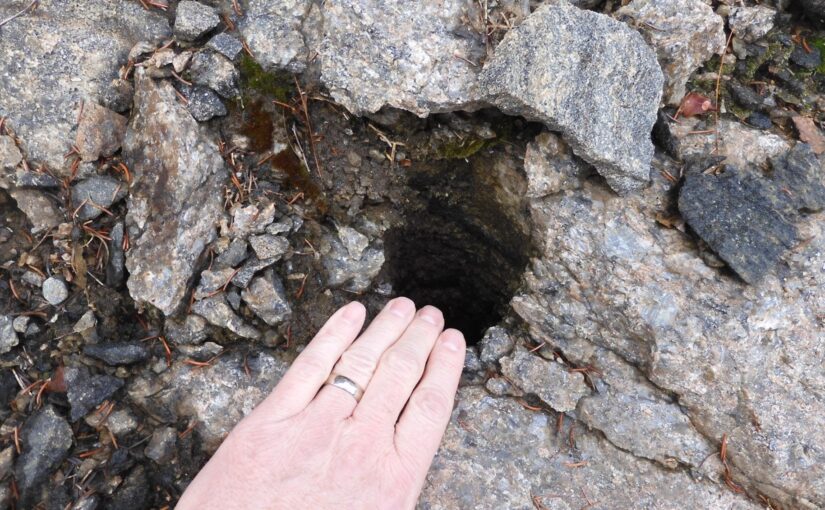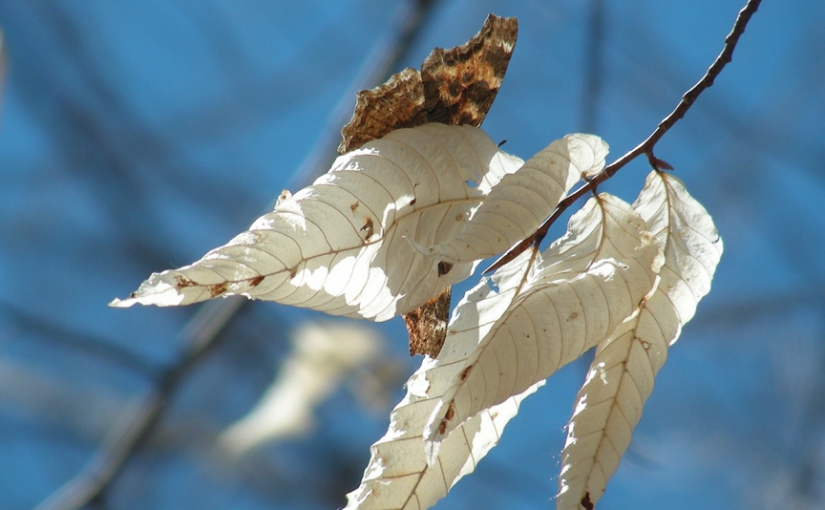Today’s post comes from marketing specialist and birding enthusiast Tanya Berkers.
When Ontario Parks signed on as a supporter of the third Ontario Breeding Bird Atlas, I eagerly volunteered on one of the organizing committees.
I love birding, and the Atlas is an important volunteer-dependent project that supports conservation and environmental policy across the entire province.
I wanted to contribute to the Atlas both behind the scenes and as an active data collector.
There is just one problem: I am not a strong birder, and have lots of gaps in my knowledge!

